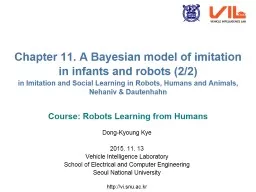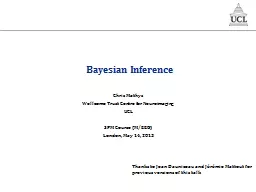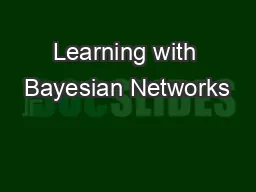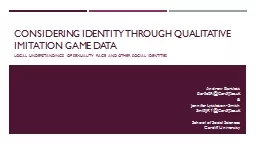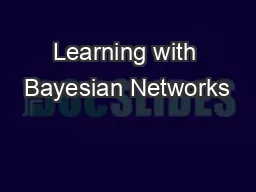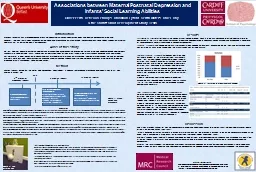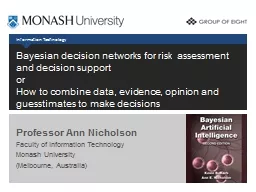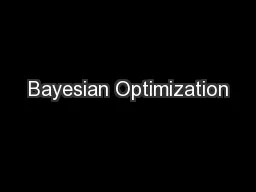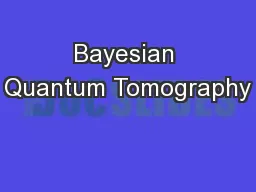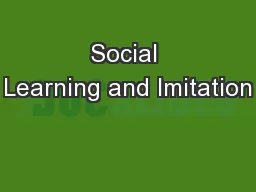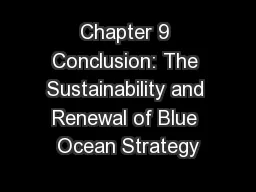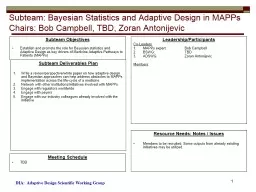PPT-Chapter 11. A Bayesian model of imitation in infants and ro
Author : myesha-ticknor | Published Date : 2016-11-03
22 in Imitation and Social Learning in Robots Humans and Animals Nehaniv amp Dautenhahn Course Robots Learning from Humans Dong Kyoung Kye 2015 11 13 Vehicle
Presentation Embed Code
Download Presentation
Download Presentation The PPT/PDF document "Chapter 11. A Bayesian model of imitatio..." is the property of its rightful owner. Permission is granted to download and print the materials on this website for personal, non-commercial use only, and to display it on your personal computer provided you do not modify the materials and that you retain all copyright notices contained in the materials. By downloading content from our website, you accept the terms of this agreement.
Chapter 11. A Bayesian model of imitation in infants and ro: Transcript
Download Rules Of Document
"Chapter 11. A Bayesian model of imitation in infants and ro"The content belongs to its owner. You may download and print it for personal use, without modification, and keep all copyright notices. By downloading, you agree to these terms.
Related Documents

